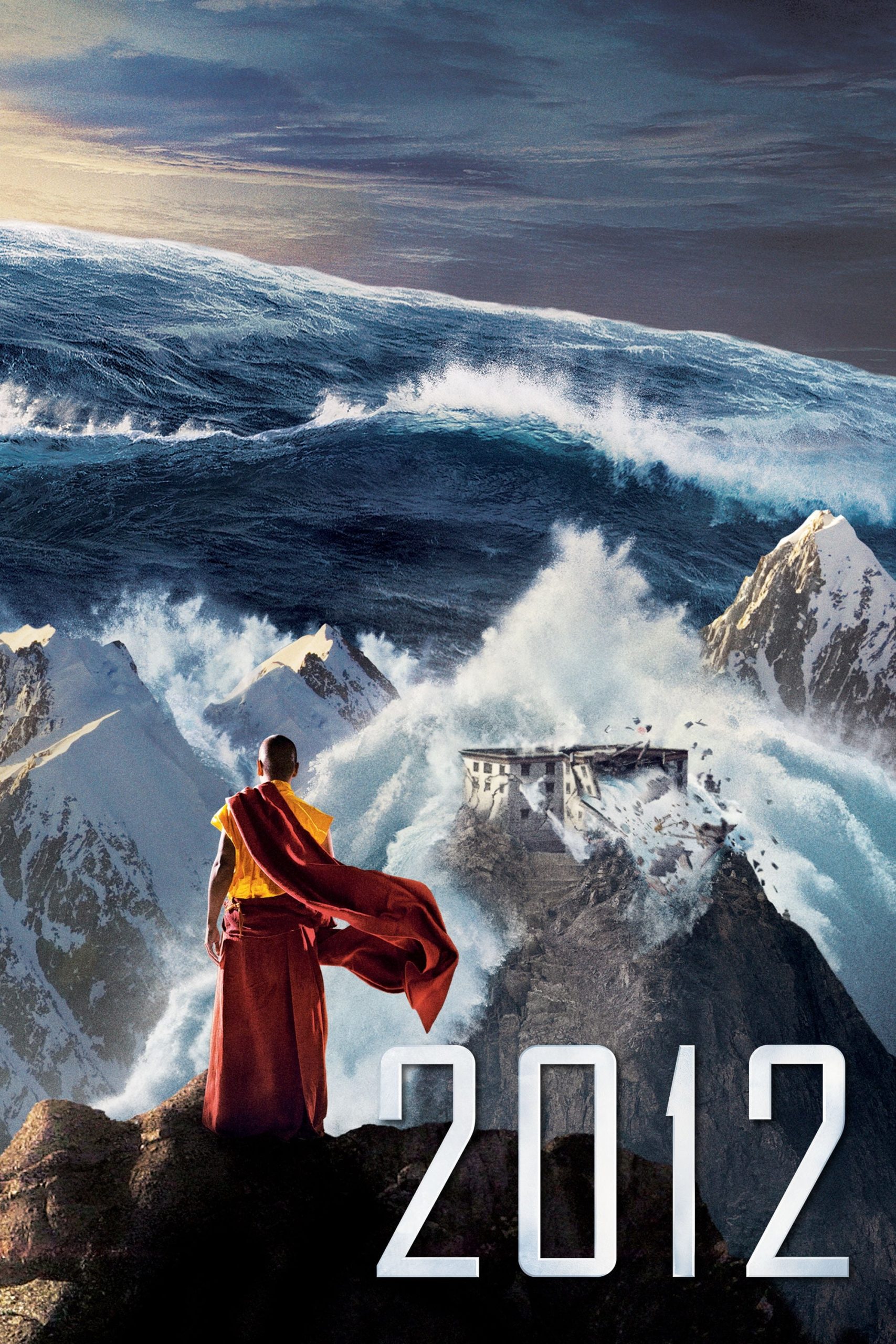
Dr. Adrian Helmsley, part of a worldwide geophysical team investigating the effect on the earth of radiation from unprecedented solar storms, learns that the earth's core is heating up. He warns U.S. President Thomas Wilson that the crust of the earth is becoming unstable and that without proper preparations for saving a fraction of the world's population, the entire race is doomed. Meanwhile, writer Jackson Curtis stumbles on the same information. While the world's leaders race to build "arks" to escape the impending cataclysm, Curtis struggles to find a way to save his family. Meanwhile, volcanic eruptions and earthquakes of unprecedented strength wreak havoc around the world.
11 Sep 2012 (2009)
Foreground – Background
When you make a film that is nothing but flavoured special effects, when you make the matter of those effects into a character, you have two decisions to make.
The first is whether you are dealing with object or environment. This is a fairly significant decision because two different technologies and craft communities are involved. If you choose to combine both, as in the Depp pirate comedies, they co-exist side by side with no narrative or conceptual link.
I was impressed by the Transformers movies because they solved this integration problem in a clever way. They invested in objects but moved the camera so close to the objects and inquired so tentatively that the motion and metamorphosis seemed environmental. Here in this film we have the solution from the other end.
The environment is animated. There are no special objects or entities, but there is a merger of foreground and background in that the environment is given agency. Many times, buildings or flying objects threaten our hapless but earnest fleeing humans. They don’t emerge from the background to stand alone; they are simply the background interceding in the narrative.
It is even the case that anti-objects have this behaviour, specifically cracks and voids. In an early scene, a crack in the Earth just happens to find and separate a couple, starting a project in romance that the forces resolve just in time for the credits.
This background-as-foreground is unique in my experience, is a deeply cinematic decision, and is an important advance in the art of imagination. That the story is dumb, even offensive is irrelevant. What’s happened here is something that matters. It is as important as the dimensional advances Pixar and WETA have made.
It is the beginning of a new world. In fact, as the survivors settle in Africa, they mirror a recovery of African ethnomathematics which also uniquely gives background structures agency, just as the Ishango bone indicates.
The other key decision the filmmaker must make has to do with the nature of the agency the threat has. This boils down to whether you go with the noir tradition or not. That tradition has a hapless, apparently random guy threatened by acts of fate that are coordinated by the existence and needs of the viewer. The threat, in other words, is the actual world. It is uniquely both American and cinematic.
The choice was made here to stick closely to this tradition. It allows the narrative flow to be coordinated with the visual agency. Our random guy — played by random guy specialist Cusack — is literally chased by the hostile forces of nature for over two hours. It has all of the incidental trappings of traditional noir as well: he has written the provocation of fate that subliminally drives both the threat and the human response. “By the book” as it were.
We even have an expert in fate, a tulku Rimpoche (one of whom I have met), as a character blessing the celestial mechanics. The ringing of the bell as he encounters it is pretty powerful and is the scene that will stick with me.
Those are the two big things to say about this. I noticed two smaller bits worthy of annotative comment.
One was the explicit reference to “Titanic”. It is there in dozens of ways. We have every effect from that film copied here and ostentatiously outdone. People sliding off a deck? How about people sliding off dozens of floors as buildings collapse? Ships turning as they sink? How about three: a cruise ship that bests “Titanic” by quoting “Poseidon”. Then an aircraft carrier that flattens the White House (at the same time outdoing “Independence Day”), followed by an elaborate Ark that offers the obligatory drowning-in-flooding-compartment scenes. Lest we miss the reference, we see that Arc scrape another in precisely a Titanic way. We even have a literal poke in the eye at the studio which released “Titanic.” The ark pokes Mount Everest, using the view from the Paramount icon.
The last thing worth noting here is a small story weave. We have an obnoxious Russian oligarch. He has left his babushka wife for a sexy blond, who we learn has been extensively modified by a surgeon we meet and who is engaged in his own triangle. This blond’s triangle is formed by her relationship to Sasha, the rich brute’s noble and handsome pilot.
The joke is that the blond loves Sasha and regrets having been bodily modified by the sugar-daddy. Presumably, she was on the path to traditional Russian matronhood. As Sasha fights to control the profoundly ugly Russian plane he mentions a movement; only later are we given the information that allows us to connect this sexually.
Posted in 2009
Ted’s Evaluation — 2 of 3: Has some interesting elements.


No Comments